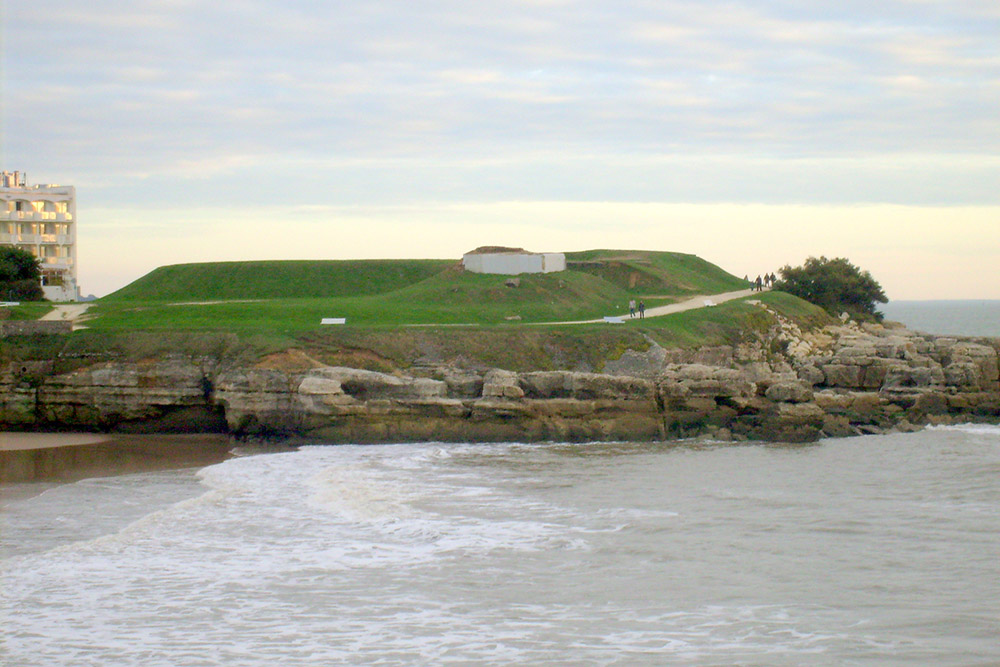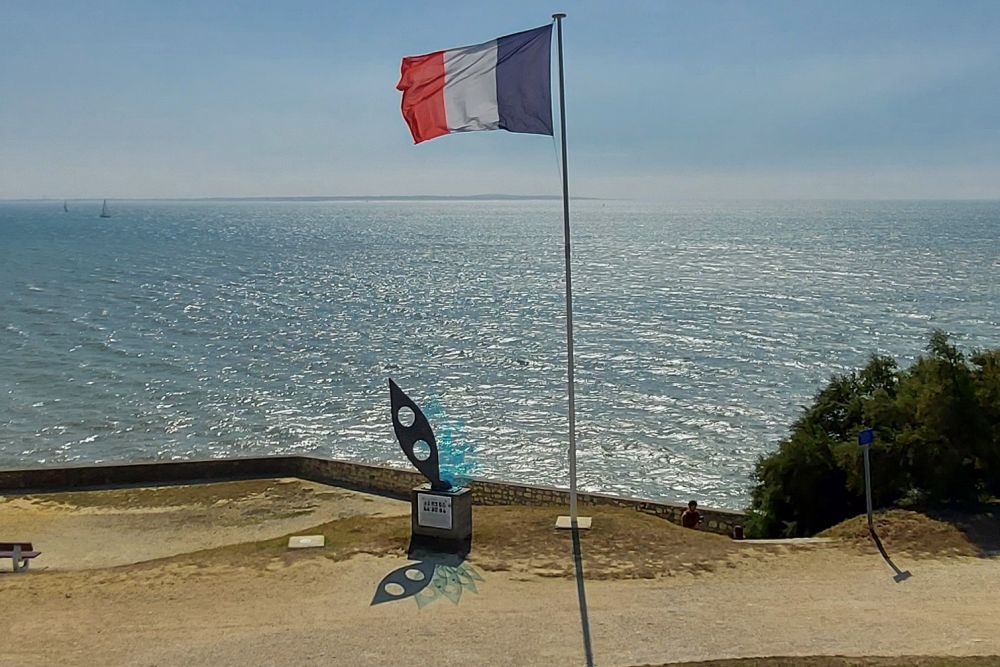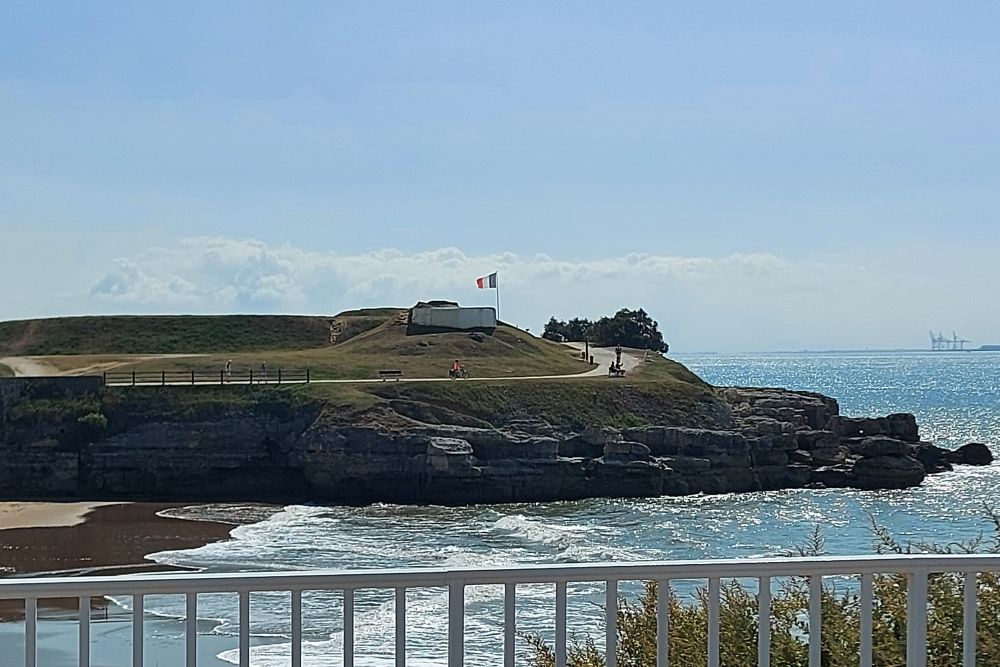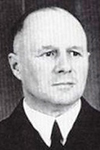Fort de Chay
Royan lost its citadel and fortifications after the revolts of 1622–1623, turning into a quiet fishing port. King Louis XIII forbade reconstruction, leaving only ruins.
By the 18th century, war with Britain reignited defensive concerns. In 1757, the Marquis de Senneterre ordered fortifications at the Gironde estuary, including an eight-cannon battery at Guette-Lamy, later renamed Fort-Républicain during the Terror.
A key naval battle occurred off Royan on August 25, 1811, where the British captured one French warship and burned another near Grande-Conche. This prompted Napoleon to reinforce defenses, turning the battery into a full fort that exchanged fire with Pointe de Grave. As the Empire collapsed, troops abandoned the fort on April 7, 1814; locals looted it before British forces briefly occupied and partially destroyed it.
In 1902, a barracks was built for the 14th Fortress Battalion, named after Samuel de Champlain. During WWII, the Germans integrated the fort into their defenses of Festung Gironde-Nord, adding blockhouses. It was bombed by the RAF in 1945, nearly erased, and later demolished to make way for modern developments. Today, only remnants remain.
Operation Frankton
During Operation Frankton, Captain Panzel and Admiral Johannes Bachmann dined in the fort, while the British commandos canoed through the Mouth of the Gironde.
Do you have more information about this location? Inform us!
Source
- Text: TracesofWar
- Photos: Cobber17
- Ashown, P., A Brilliant Little Operation - The Cockleshell Heroes and The Most Courageous Raid of World War 2 (2013)
Nearby
Museum
Point of interest
- Notre-Dame-des-Aviateurs Chapel Saint-Palais-sur-Mer - Saint-Palais-sur-Mer
- Môle d'Escale - Le Verdon-sur-Mer
Monument
- Memorial Operation Frankton Royan - Royan
- Memorial Deported Residents Royan - Royan
- War Memorial Royan - Royan
Cemetery
- Commonwealth War Graves Royan - Royan
- French War graves Royan - Royan
- Commonwealth War Graves Saint-Palais-sur-Mer - Saint-Palais-sur-Mer







